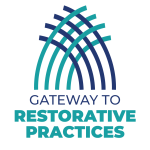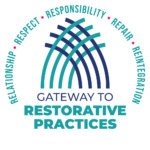I recently returned from Minneapolis where I attended three days of training on Restorative Practices sponsored by the Minnesota Department of Education. There were so many training topics to choose from. I selected Circles to Repair Relationships, which closely algins with the curriculum I’m developing for 2024-2025.
I was not disappointed! I met so many Minnesota Nice educators who I’m staying in contact with as we begin another school year. This is the 12th year I’ve had the privilege and responsibility of training staff in Modesto City Schools alongside my colleagues. In this Restorative Practices blog I will introduce our facilitator, a heavy topic, and three books you may want to add to your reading list.
Outstanding Facilitator
Brenda Burnside, thefounder and CEO of Let’s Circle Up Restorative Services, LLC facilitated our three-day training. With a wealth of experience and knowledge, she challenged us to think about what we believe and how we feel about a variety of issues.
First Day Sets Tone
Without hesitation, Brenda began our first day with a contentious and challenging discussion about race. She mentioned that many educators shy away from race because they are afraid, they’ll be called racist. In a room full of 17 women of various races and one male African American, it was refreshing to sit amongst someone who can present the black parents’ and students’ perspectives in a safe and reflective way. It was especially interesting to learn how black children may view those of us who are not black. Brenda said that many children arrive at school and see a Caucasian person for the first time.
Throughout the Circles to Repair Relationships workshop,our facilitator Brendaprovided the context for questions and supported our answers as we explored race and other challenging topics in a safe and engaging environment. We learned how we can facilitate circles to repair relationships in our schools.
The list below features prompts Brenda asked that I hope to implement during circles.
- What value do you bring to the circle?
- What’s your perspective on restorative?
- What do you need right now?
- Do I understand the harm I caused?
- What are we restoring to?
Circle Centerpiece Features Books
Our facilitator used a dozen or so books as the circle centerpiece. Since we’re mid-summer, I decided to feature three books I discovered in case you want to read them before the year gets busier. Here are the three books on my library reading list.
Reading List Book #1: How Do You See Me?
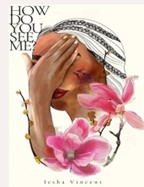
One of Brenda’s early circle prompts was from the title of the book, How Do You See Me? (2020) by Iesha Vincent. This was the first book I added to my reading list. This collection of colorful poetry is written by blogger Vincent. Amazon Books states, “The poems unfold the f ways that we define ourselves based on our past, present, and future. Through the telling of her own experiences as an African American…she unpacks the complexities that stereotypes create and delves into the need for the reclamation of one’s own identity.”
Reading List Book #2: The 1619 Project: A New Origin Story
The New York Times Magazine notes that The 1619 Project: A New Origin Story (2021) by Nikole Hannah-Jones, as the 400th anniversary of slavery’s development in the Virginia colony and later the entire nation. The book is available as a documentary. For some people in my generation, this information was not included in our textbooks.
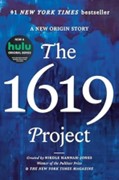
Amazon Books states,
“This is a book that speaks directly to our current moment, contextualizing the systems of race and caste within which we operate today. It reveals long-glossed-over truths around our nation’s founding and construction – and the way that the legacy of slavery did not end with emancipation, but continues to shape contemporary American life.”
The book certainly created some lively discussion during my book critique group. I just reserved the book from my local library. I haven’t read the book yet but found a helpful curricular resource site for educators organized by grade, subject, and state, or the type of resource. Discover more at https://1619education.org/curricular-resources
Reading List Book #3: Heart Talk: Poetic Wisdom for a Better Life
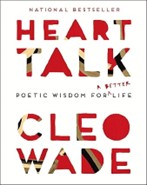
The third book I was attracted to is Heart Talk: Poetic Wisdom for a Better Life (2018) by Cleo Wade. When Amazon Books identified Wade as “the Millennial Oprah.” I was intrigued. Her book features 120 mantras, affirmations, and poems. Amazon Books says,
“…this book is a daily pep talk to keep you feeling empowered and motivated.”
I can always use some of that.
Future Blog
In a future blog, I’ll share more about the strategies I learned as well as thought provoking moments throughout the training that fostered change. Meanwhile, I hope you’ll explore one of these books.
